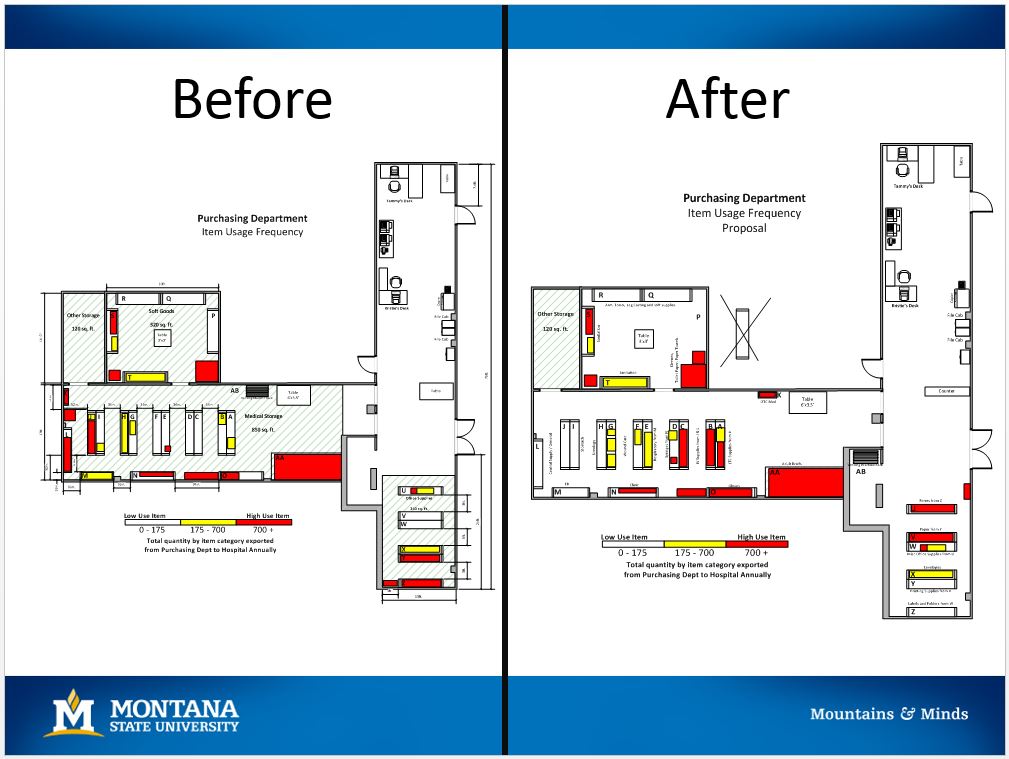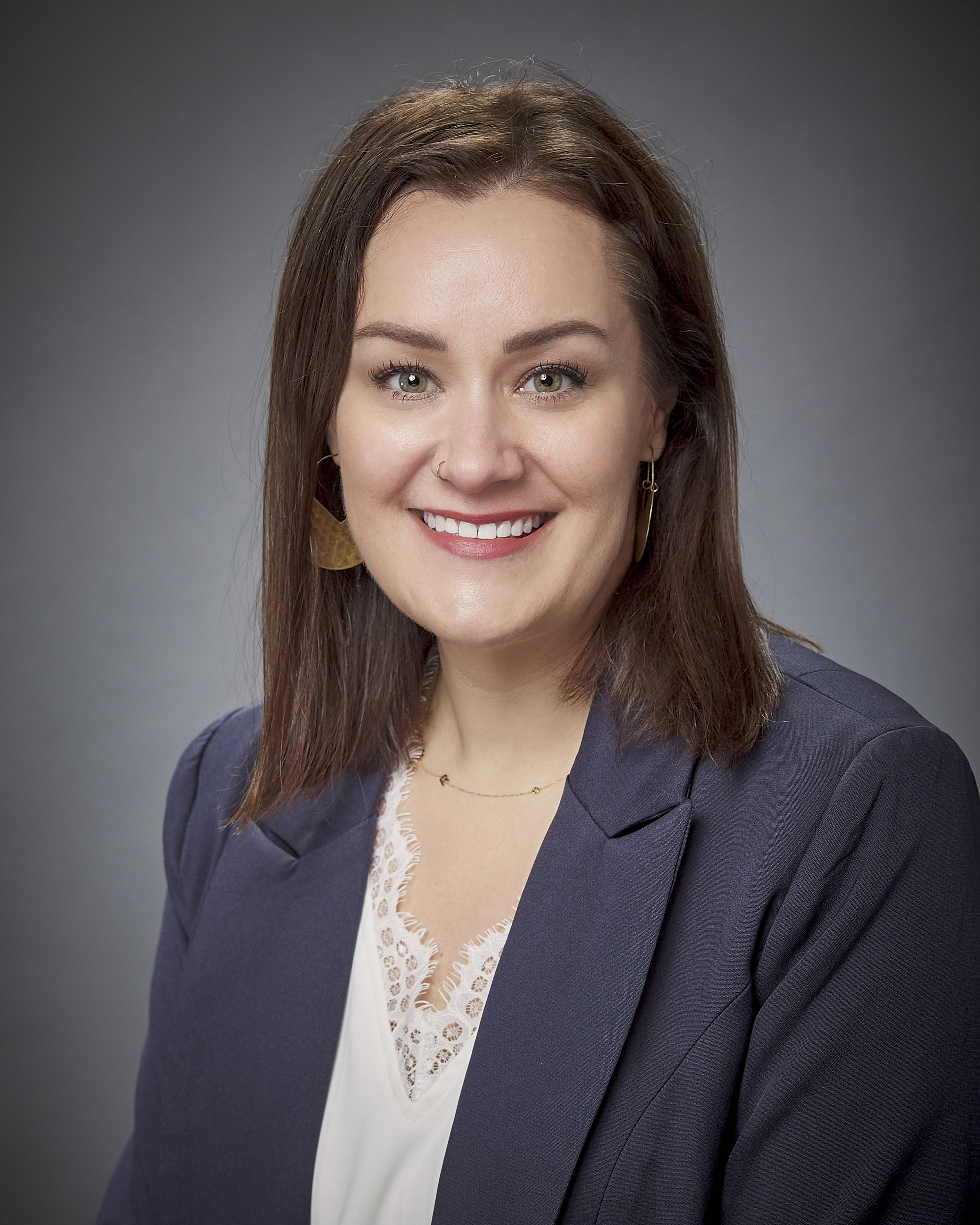Fallon Medical Center Project
A common problem that critical access hospitals face is access to resources to improve
and have time to take control
of any problems they encounter. The Fallon Medical Center located in Baker, Montana
remodeled a section of their
facility and relocated the purchasing and supplies department into this new area.
With the available resources of 1.5
full-time equivalents, proper planning was limited and the overall project remained
unfinished. The Montana Office of Rural Health received a FLEX grant which was used
to fund a Lean Healthcare Process Improvement program.
Efficiency Improvement within Supplies Inventory at a Critical Access Hospital
Charlie Bartram, Alex Bones and Durward K. Sobek II
Department of Mechanical and Industrial Engineering
Montana State University
Bozeman, Montana 59717-3800 USA
Abstract
Critical Access Hospitals (CAH’s) are small hospitals (25 beds or fewer), which meet
specific criteria developed by
the Centers for Medicare and Medicaid Services. They are often located in rural communities,
which have a
disproportionately high number of uninsured, underinsured and Medicare patients. As
such, CAH’s face significant
challenges in meeting the growing demands of the current healthcare climate with limited
resources. One such
facility located in Baker, Montana had recently relocated the supplies inventory within
the hospital and faced the
problem of a time and cost efficient organization of the department. As part of a
two-week rapid improvement
event, the storage design was analyzed, and a visual representation created which
depicted graphically the current
travel, pick locations, and resulting wastes. The visualizations helped garner consensus
as to the main areas of
inefficiency, and helped determine alternatives in how to reorganize the department.
The agreed upon design
grouped items by hospital department and brought high frequency picked items to the
front of the storage area,
located in easy-to-reach shelf locations, with a designated and labeled location for
each item. The implemented
reorganization resulted in approximately 50% travel distance and 70% search time savings.


